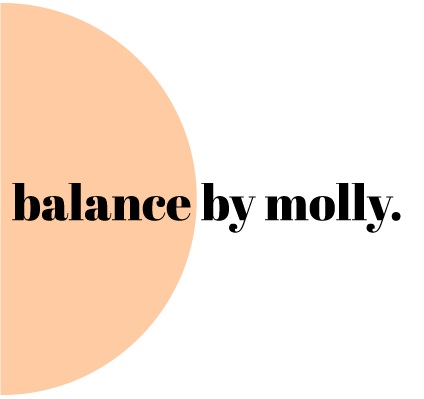Confused on how to eat intuitively when healing your gut?
The true definition of intuitive eating is to eat what you want. So how can you eat intuitively if what you want gives you a stomach ache, causes uncomfortable bloat, constipation or embarrassing gas?
To answer this question, we need to rewind it back a bit. Most people who are in pursuit of getting back to the basics of intuitive eating are those who are healing their relationship with food. And typically, this means that at one point in your life, probably for an extended period of time, there was restriction – removal of entire food groups, removal of types of food, food rules, portion control and/or intermittent fasting aka skipping meals.
The reason that this is important to note is that dieting and restriction cause harm to your digestive tract – your stomach, small intestine and large intestine – and the function of digesting your food. What this dysfunction can create is increased constipation, bloating, gas, delayed gastric emptying (gastritis), premature fullness, and disruption or flattening of the villi that line your small intestine which are responsible for this nutrient absorption and creation of digestive secretions to probably break down your food.
Understanding why your gut needs healing is one of the very first steps to actually healing your gut. I see it time and time again where doctors or naturopaths will prescribe a restrictive diet in order to remove the foods that are causing digestive symptoms without first diagnosing any disordered eating that may be present and may be the cause of your gut symptoms. Removing more foods, when there is a history of disordered eating, can instead exacerbate the problem and make it worse. Then what inevitably happens, is feeling like you can never eat “normally” again because of your gut symptoms.
Instead of eliminating more food, the first step is to heal your relationship with food and make peace with your body. You cannot heal your gut until you make peace with food. Disordered eating is way more common that food sensitivities and intolerances.
Intuitive eating is a journey. Knowing what your body wants and craves take time, and also the unwinding of possibly years of dieting, restriction or disordered eating. If you find it hard to eat intuitively because of digestive issues, it is likely because you still have work to do to heal your relationship with food. Also, any time you start adding food back into your diet that you haven’t had in a while, this is going to cause bloat and other digestive symptoms. This is because the food you eat on a daily basis creates the bacteria in your gut. Change the way you eat, and the bacteria changes. Any changes beyond the normal, will cause temporary digestive issues, such as food reintroductions.
How to eat intuitively while healing your gut? Work first on making peace with food. Before you do this, eating “what you want” may be guided by factors other than your intuition. Often times, if we have been restricting or adhering to food rules for so long, you crave the foods you don’t allow yourself to have and then when you do have them, they upset your gut which then leads to thinking you need to cut certain foods out. In order to tap into our true cravings, this means allowing all foods to fit and letting temporary gut discomfort that comes with introducing foods back in as we heal.
More things to help:
Download my Four Steps to Food Freedom to help you release food rules to get closer to food freedom.
Schedule a consultation if you are interested in working with me one-on-one. My coaching programs help you to set your own goals to heal your relationship with food. Here is what past clients have to say.



